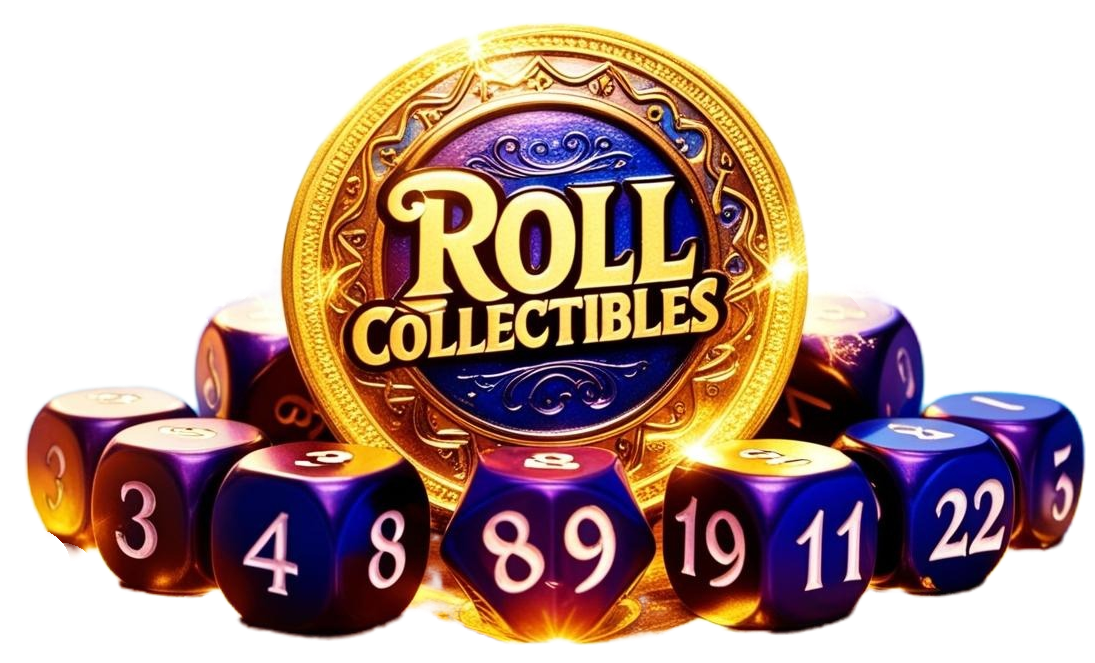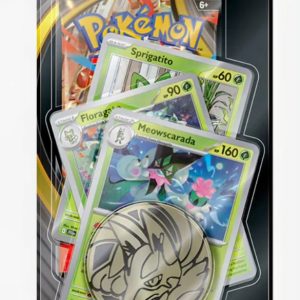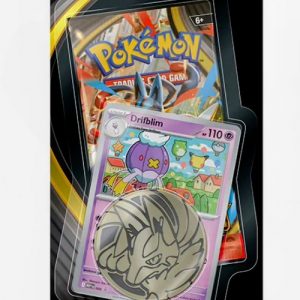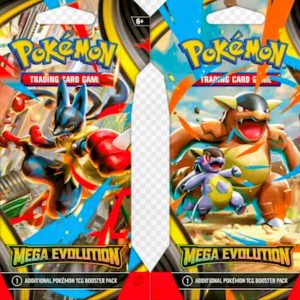Welcome to our Good to Know Guide on collecting Pokémon cards in different languages!
You can click on the tabs in the drop down section under each language or click on the flags at the bottom of this page to better understand of them and to help guide you on you’re way to feeling confident about purchasing sets other than English.
We have even put a how to play guide there as well to help newbies and oldies who need to dust of them old cards, again click the how to play in the drop down tab or click the image at the bottom of the page.
Below is a short overview of everything, more in-depth details on each subject can be found under the corresponding tabs or flags.
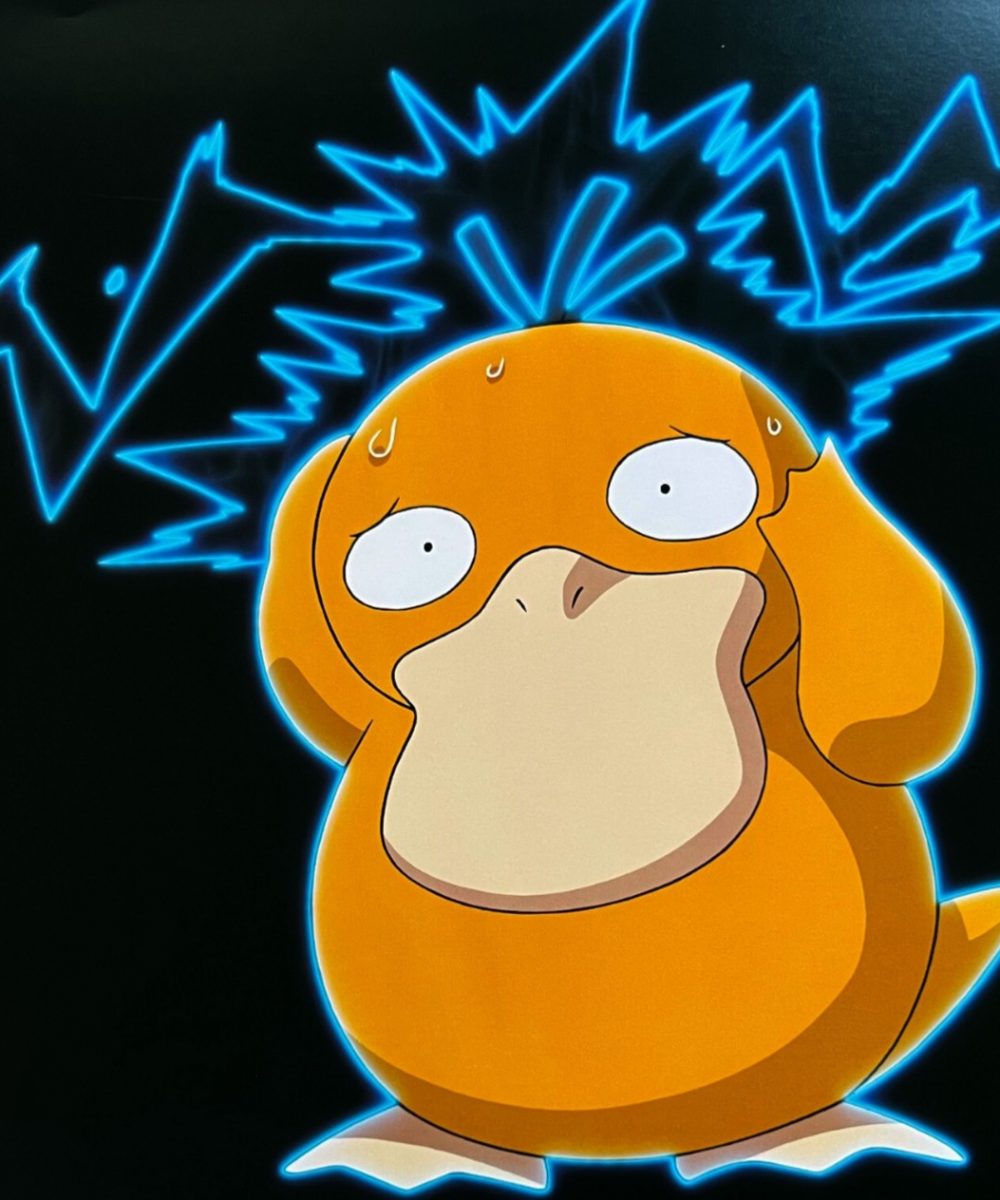
We understand that venturing beyond English cards can feel daunting, but with the right knowledge, it can be a rewarding experience. This quick guide aims to equip you with the understanding needed to collect with confidence.
The World of Non-English Pokémon Cards: Risks, Rewards and red flags
Collecting Pokémon cards in languages other than English offers a unique dimension to the hobby. Here’s a breakdown of what to consider:
Rewards:
* Unique Art and Designs: Sometimes, non-English sets, especially Japanese ones, feature exclusive artwork or variations that aren’t available in English releases.
* Higher Quality (Often Japanese): Many collectors report that Japanese cards often have superior print quality, better centering, and more vibrant foiling compared to their English counterparts. This can make high-graded Japanese cards particularly valuable.
* Guaranteed “Hits” (Japanese Booster Boxes): Japanese booster boxes frequently guarantee a certain number of rare or highly sought-after cards, making the opening experience more predictable and potentially more exciting for collectors looking for specific pulls.
* Completionist Goals: For those aiming to collect every card from a specific set or region, non-English cards are essential.
* Potential for Value: While English cards often command higher prices for top-graded cards due to scarcity, certain rare non-English cards can still hold significant value, especially if they are highly coveted by international collectors.
* Availability: In some cases, securing new Japanese products can be easier than obtaining their English equivalents, which might sell out quickly.
Risks:
* Language Barrier: The most obvious risk is the inability to read the card text. This can make playing the game difficult without translations and can also make it harder to identify the card’s exact function or rarity without prior knowledge.
* Authentication Challenges: While this guide will help, identifying fake cards in unfamiliar languages can be more challenging without knowing what genuine versions should look like and without a strong understanding of common tells for counterfeits in that specific language.
* Market Understanding: The demand and value of non-English cards can vary significantly between regions. What’s popular and valuable in Japan might not be as sought after in Western markets, and vice-versa.
* Tournament Play Limitations: In official tournaments, judges may require players to provide translations for non-local language cards if they are used excessively or cause a perceived advantage/delay.
* Reprints: While more common in English, reprints in any language can affect the value of previously rare cards.
* Resealed Products: As with any popular collectible, there’s a risk of encountering resealed booster boxes or packs, especially when purchasing from less reputable sources.
Identifying Real vs. Fake Pokémon Cards
A crucial skill for any collector is being able to distinguish authentic cards from counterfeits. While we will provide visual examples within our specific language guides, here are general things to look out for, applicable to both English and non-English cards:
General Red Flags for Fake Cards:
* Color Discrepancies: Fake cards often have colors that are too light, too dark, or washed out. The back of the card might have a different shade of blue compared to genuine cards.
* Poor Print Quality: Look for blurry images, pixelation, uneven ink layers, or misaligned text. Genuine cards have crisp, clear printing.
* Incorrect Fonts and Spelling Errors: Authentic Pokémon cards use consistent fonts. Fake cards may have different font styles, sizes, or even spelling and grammatical errors (e.g., “Pokemon” without the accent mark over the ‘e’).
* HP and Attack Values: Be wary of unusually high HP (e.g., 500+ for most cards) or attack damage values. As of 2023, no Pokémon card has an HP higher than 340. Also, check for incorrect formatting like “HP 80” instead of “80 HP” (though some very old legitimate cards might have variations).
* Cardstock Feel and Thickness: Real cards have a specific feel and thickness. Fakes can feel too thin, flimsy, glossy, or have a waxy texture. (A personal note, Korean Pokémon cards do fell slightly waxy to the touch)
* Edges: Genuine cards have clean, straight edges. Fakes may have messy, rough, or chipped edges.
* Light Test: Shine a light through the card. Real Pokémon cards are made of multiple layers, including a black layer in the middle, which should make them less translucent. If a lot of light passes through, it’s likely fake. (Note: This is often considered a destructive test if you bend the card too much).
* Rip Test (Destructive): The most definitive (but destructive) test is to tear a card in half. Authentic cards reveal a thin black layer in the middle. Fakes are typically just flat cardboard. (Only English cards have a black layer in the middle, Japanese simplified Chinese and traditional Chinese along with Korean cards the middle layer tends to be more blue or grey in colour, this also allows a small amount of light to pass through them).
* Energy Symbols: Examine the energy symbols closely. On fake cards, they can be off-center, have incorrect sizing, or be poorly saturated.
* Holographic/Foil Quality: Authentic foil is embedded and consistent. Fake foil can appear flat, easily peel off, or have an unnatural sheen.
* Set Symbols and Serial Numbers: Verify if the set symbol and serial number match what they should be for that specific card and set. Fakes might have incorrect or missing identifiers.
* Booster Pack Anomalies: If you’re buying packs, inspect the packaging. Look for uneven seals, poor print quality on the wrapper, or missing authenticity seals (holograms, barcodes, watermarks).
Important Note on English Cards: it’s crucial to remember that 90% of fake cards will be in the English language and found within the English market. This is because the English market typically offers the highest profit margins for counterfeiters. Therefore, always be vigilant, even when buying English cards.
As a disclaimer, I have pulled information from other sources and website like tcg player and Google to help. I have done my best to research and cross references these topics to the best of my ability, and I have used my knowledge and what I know and have put it in these guides. I have put these here to help the wider general public get a better understand of what to look out for when buying Pokémon cards in general and to also help people feel more comfortable with buying non English Pokémon cards, these pages can be used as a guide but that is not to say that they are 100% correct. Please do your own due diligence when taking the step into an area of the market you are unsure of.
